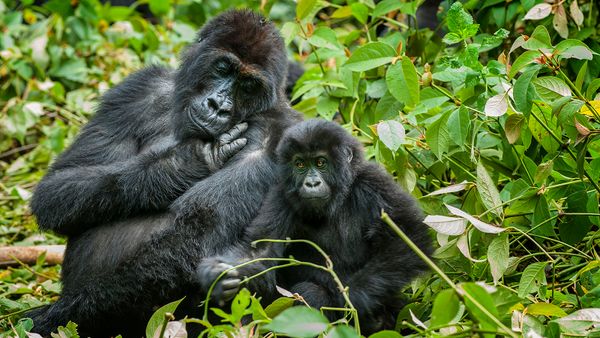
Key Takeaways
- The Sumatran orangutan is critically endangered, with fewer than 14,000 individuals remaining due to habitat loss and illegal wildlife trade.
- Deforestation for palm oil plantations and other agricultural activities has drastically reduced their natural habitat in Sumatra.
- Conservation efforts include protected areas, reintroduction programs, anti-poaching initiatives and promoting sustainable palm oil production.
The Sumatran orangutan, scientifically named Pongo abelii, inhabits the lush rainforests of Sumatra. These arboreal primates, known as "persons of the forest" in Malay, are highly intelligent and share close genetic ties with humans.
Unfortunately, wild orangutans currently face the threat of extinction, as their population has drastically declined over the years.
Advertisement
In this comprehensive article, we will explore the unique characteristics of Sumatran orangutans, their habitats, the challenges they face and the conservation efforts being made to protect this critically endangered species.
Advertisement

